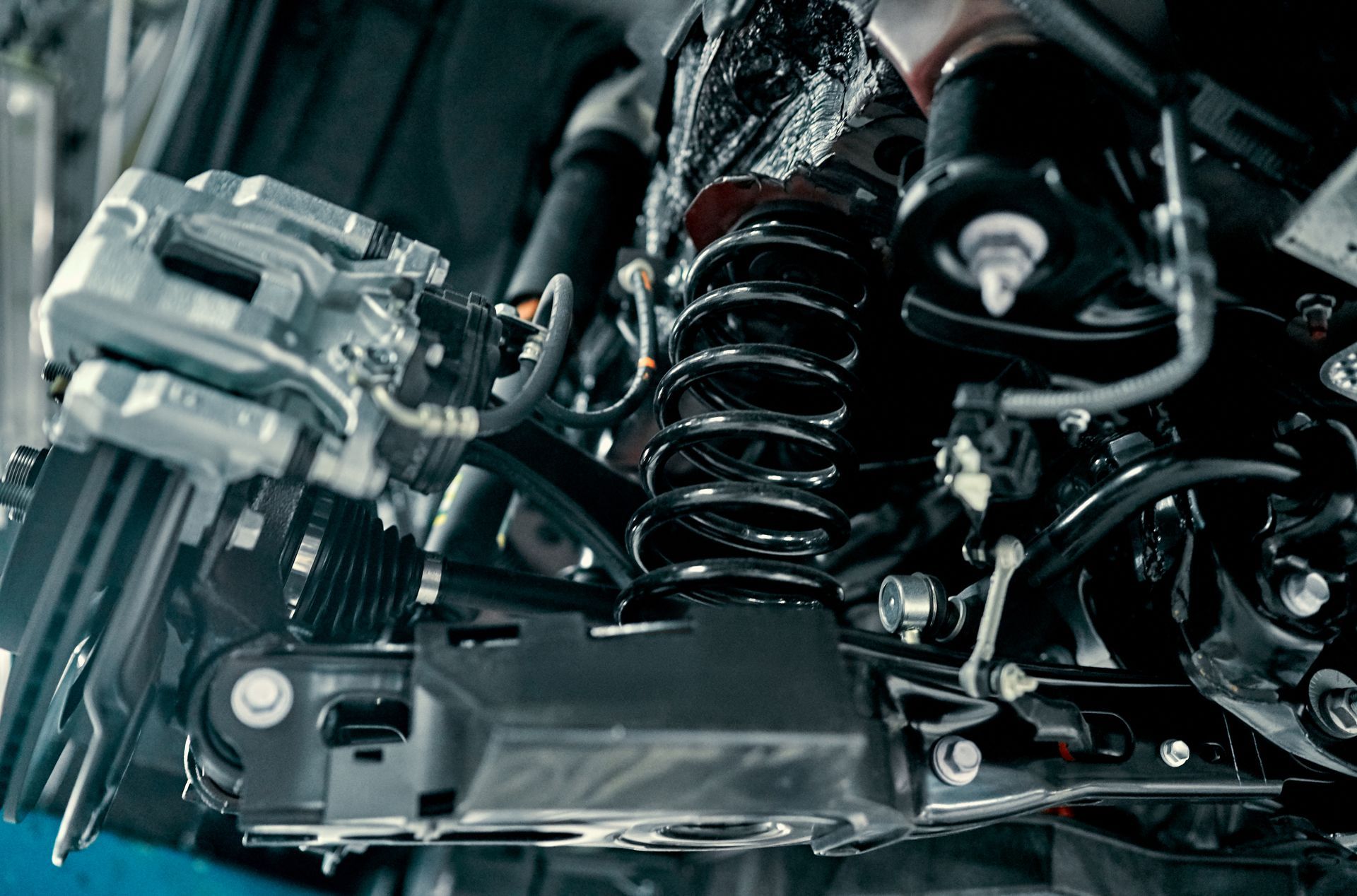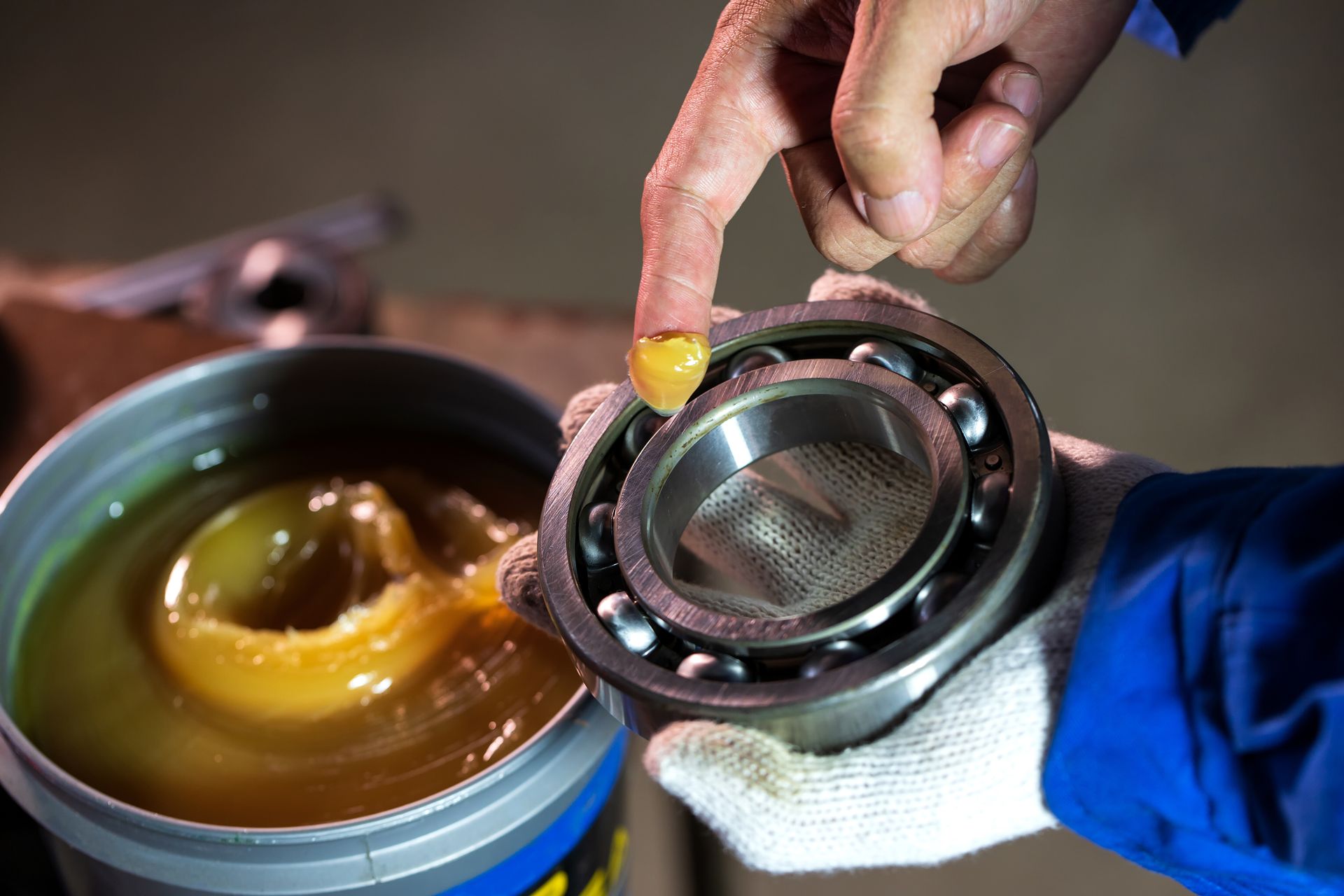How Far Can You Safely Drive on a Spare Tire?
Encountering a flat tire on the road is never convenient, but fortunately, most vehicles come equipped with a spare tire to get you back on the road quickly. But how far can you really go on that spare before it becomes a risk? While spare tires are incredibly useful in emergencies, they aren’t designed for long-term use. Understanding the limitations and potential dangers of driving on a spare tire is crucial to ensuring your safety and vehicle health.
What Type of Spare Tire Do You Have?
Before we explain how far you can safely drive on a spare tire, it’s important to understand that not all spare tires are the same. The two main types you’ll encounter are full-size spares and compact temporary spares, also known as “donuts.”
Full-Size Spare
A full-size spare tire is exactly what it sounds like—a tire that’s the same size as the ones on your vehicle. These are less common in modern cars, as they take up more space and add weight. If your vehicle has a full-size spare, you can drive on it just like any other tire, though it’s still recommended to replace it with a new tire as soon as possible.
Compact Temporary Spare (Donut)
The most common type of spare tire is the compact temporary spare, or donut. These are smaller and lighter, making them easier to store. However, they are not designed for extended use or high speeds. The limitations of a donut spare make it essential to replace it with a regular tire quickly.
How Far and How Fast Can You Drive on a Donut Spare?
If you’re driving on a donut spare, knowing its limitations is important. Generally, manufacturers recommend not driving more than 50 miles on a donut spare. These tires are designed to get you to a repair shop, not to be a long-term solution.
Distance Limitations
The reason for the mileage limitation is that the spares are made with less durable materials than your regular tires. The tread on a donut spare is much thinner, and the tire itself is not designed to withstand the heat and friction generated during prolonged use. Driving on a donut for too long increases the risk of a blowout or other tire failure.
Speed Limitations
Donut spares also come with a speed limitation, typically around 50 miles per hour. Driving faster than this can cause the tire to overheat, further increasing the risk of failure. Additionally, because the donut is smaller and lighter, it affects your vehicle’s handling, making it less stable at higher speeds.
The Impact of a Donut Spare on Your Vehicle
Driving on a donut spare doesn’t just affect the tire itself—it can also have broader implications for your vehicle’s performance and safety .
Handling and Stability
A donut spare is smaller in size and has less traction than a regular tire. This difference can cause your vehicle to handle poorly, especially in adverse weather conditions or on rough roads. The imbalance in your tires can make steering less responsive and your vehicle less stable.
Braking
The smaller size and different tread of a donut spare can also impact your braking distance. Your vehicle may take longer to stop, which can be dangerous in emergency situations.
Wear on Other Components
Driving on a donut for an extended period can cause additional wear on your vehicle’s suspension, transmission, and other components. The mismatch in tire size and type forces these parts to work harder, potentially leading to more significant issues down the road.
When to Replace Your Spare with a Regular Tire
As soon as you have installed a spare tire, your priority should be to replace it with a regular tire. While a full-size spare can give you more flexibility, it’s still not ideal to drive on it for long periods. For donut spares, replacing them as quickly as possible is crucial.
Here are a few signs that you need to get your spare replaced:
- Distance Covered: If you’ve driven 50 to 70 miles on a donut spare, it’s time to head to a repair shop and get a new tire installed.
- Handling Feels Off: If your vehicle feels less stable, or if you notice any unusual vibrations or noises, get your tire replaced immediately.
- Weather Conditions: If you’re facing rain, snow, or ice, driving on a donut spare is particularly dangerous. Get it replaced before hitting the road.
Stuck with a donut spare? Let the professionals at
Crown City Tire Auto Care
replace it for you. We’ll ensure your vehicle is safe and ready for the road. Contact us today to schedule your tire replacement!

Follow us
Crown City Tire Auto Care
Services
List of Services
-
Auto A/C RepairAuto A/C Repair Auto A/C Repair
-
Car Battery ReplacementCar Battery Replacement Car Battery Replacement
-
Brake ServiceBrake Service Brake Service
-
Engine RepairEngine Repair Engine Repair
-
Oil ChangesOil Changes Oil Changes
-
4-Wheel Alignment4-Wheel Alignment 4-Wheel Alignment
-
Tire ServiceTire Service Tire Service
-
Fluid Level ChecksFluid Level Checks Fluid Level Checks
-
Alternator ReplacementAlternator Replacement Alternator Replacement
-
Air Filter ReplacementAir Filter Replacement Air Filter Replacement
© 2024 Crown City Tire Auto Care. All Rights Reserved | Website managed by
Shopgenie








